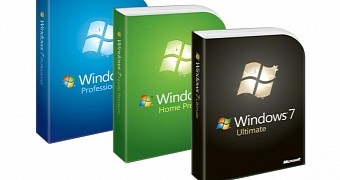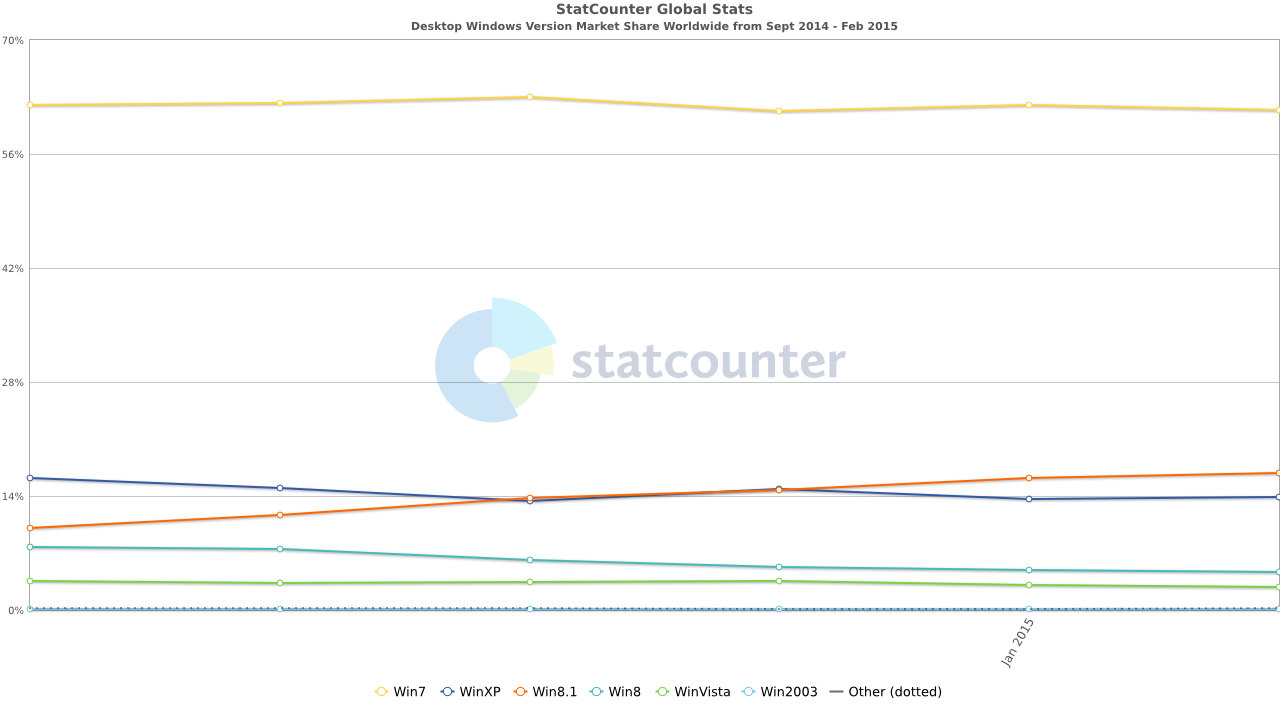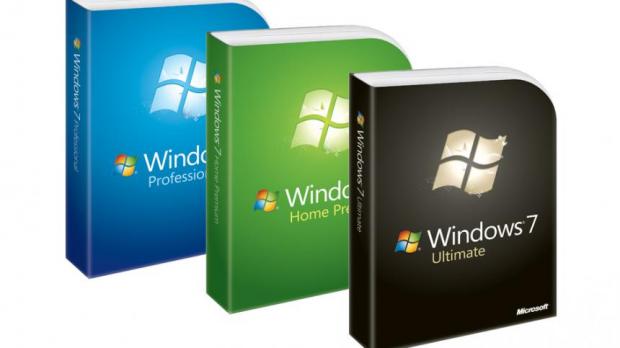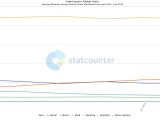Microsoft’s primary objective in 2019 won’t be finalizing Windows 10 Redstone 6 or Andromeda, but killing off Windows 7, an operating system which nearly 10 years after launch still proves to be a tough nut to crack.
According to Microsoft’s schedule, Windows 7 is projected to reach the end-of-support in January 2020, which means that no other security patches would be released beyond this date.
Microsoft sees the early 2020 deadline as a double opportunity. First, it can finally give up on the last truly successful desktop operating system and concentrate fully on Windows 10. And second, it can use this as a reason to boost adoption of Windows 10, turning an aggressive upgrade campaign into the perfect excuse for pushing everyone to leave behind older software.
Moving to Windows 10 itself has several benefits for Microsoft and its partners, as such a transition is also expected to boost new device sales. Windows 10 is a modern operating system whose full potential is unleashed on a modern device, therefore the Windows 7 demise can also support the recovery of the PC ecosystem.
Rumor has it that Microsoft has already briefed partners on its upgrade offensive in the remaining months of Windows 7 support. The software giant wants retailers to make customers aware that Windows 7 will no longer receive updates starting January 2020, and encourage them to switch to Windows 10 instead. This is obviously an excellent opportunity for partners as well, especially if buyers do choose Windows 10 and a new device.
And while there’s a good chance that this Windows 10 push would get more aggressive next year, I’m pretty sure Windows 7 will survive Microsoft’s wrath. Not without losing part of its market share, that’s for sure, but expect a significant number of users to still be running Windows 7 in January 2020.
There are two reasons why I think Windows 7 will continue to be a widely-used desktop OS when its retirement date is reached.
First and foremost, it already survived another important milestone: the end of mainstream support. Microsoft pushed Windows 7 from mainstream to extended support in January 2015, technically giving up on developing new features for this operating system and focusing entirely on security patches.
As you can see in the graph below, this decision hasn’t generated any significant market share loss for Windows 7, with January 2015 actually bringing a small increase over the previous month.
Obviously, the lack of a compelling alternative played a decisive role in this, as Windows 8.1 hasn’t really been Microsoft’s most successful operating system, but it still shows that users loved Windows 7 and I’m pretty sure they still do.
And second of all, Windows 7 also survived the super-aggressive Windows 10 upgrade campaign. Microsoft offered Windows 10 free of charge to Windows 7 and 8.1 users in the first 12 months after its launch. And while many rushed to make the switch, others didn’t, choosing instead to stick with Windows 7.
In many cases, Microsoft turned to more controversial tactics, like forced upgrades, and this has caused quite a public backlash. This didn’t end well for Microsoft, and many users not only that decided to perform the downgrade to Windows 7 manually, but some of them even sued the company for pushing their PCs to Windows 10 without consent.
In other words, Windows 7 has already resisted two key attacks and there’s a good chance it won’t surrender to the third. Microsoft will undoubtedly push harder for users to move to Windows 10, and it’s all going to be an interesting game to watch.
But as I see it right now, not only that Windows 7 will become the second Windows XP, but it’ll be twice more powerful than that, possibly causing bigger headaches to Microsoft when the end-of-support is reached.

 14 DAY TRIAL //
14 DAY TRIAL // 

